Timo Käkölä, Juan Carlos Dueñas3540332529, 9783540332527, 9783540332534
The topics in this book cover research related to the most important practices in a product line organization. The contributions provide experience-based knowledge about the domain and application engineering, the modeling and management of variability, and the design and use of tools to support the management of product line related knowledge. Käkölä and Dueñas have grouped them into five parts corresponding to the main areas of software product line engineering: product line management, product line requirements engineering, product line architecture, product line testing, and specific product line engineering issues. They ensured maximum coherence and cross-referencing throughout the book, imposing a common terminology and carefully integrating all chapters. The result is a valuable and enduring resource for researchers in both industry and academia who will also find many pointers for future research and implementation strategies. In addition, systems and software professionals, and technology managers aspiring to fully leverage the product line strategy will also benefit from many pertinent development details.
“This volume is a valuable resource for researchers wishing to move the product line strategy forward and for those charged with translating state-of-the-art ideas into state-of-the-practice processes and activities.”
From the Foreword by John D. McGregor, Clemson University, USA
Table of contents :
Contents……Page 17
Part 1: Product Line Management……Page 32
1.1. Introduction……Page 34
1.2. Research Method……Page 37
1.3. Method Overview……Page 39
1.4. Scenario-Based Architecting Applied……Page 45
1.5. Conclusions and Future Research……Page 80
References……Page 81
2.1. Introduction……Page 84
2.2. Research Question……Page 85
2.3. Research Method……Page 86
2.4. Overview of Our Value Evaluation Approach……Page 87
2.5. Existing (Product Line) Cost and Value Models……Page 90
2.6. Product Line Pitfalls and Benefits……Page 100
2.7. A Case “Inspired By Reality”……Page 107
2.8. Conclusions and Future Research……Page 117
References……Page 119
3.1. Introduction……Page 121
3.2. Method and Sample of the Study……Page 123
3.3. State of Practice of Systematic Reuse in the Case Study……Page 128
3.4. Reuse–Invest Specific Results……Page 130
3.5. Reuse–Check Analysis Results……Page 141
3.6. Conclusions and Future Research……Page 151
References……Page 154
Part 2: Product Line Requirements Engineering……Page 155
4.1. Introduction……Page 157
4.2. Problem……Page 160
4.3. Related Work……Page 163
4.4. Metamodel……Page 168
4.5. Method……Page 177
4.6. Validation of the Approach……Page 181
4.7. Conclusions and Future Research……Page 186
References……Page 187
5.1. Introduction……Page 190
5.2. Related Work……Page 195
5.3. The Orthogonal Variability Modeling Approach……Page 198
5.4. Use of the Orthogonal Variability Modeling Approach During Application Requirements Engineering……Page 203
5.5. Discussion of the Proposed Approach……Page 217
5.6. Conclusions and Future Research……Page 221
References……Page 222
6.1. Introduction……Page 224
6.2. Variability in Standard Languages Exemplified by UML 2.0……Page 226
6.3. Variability by Enhancing Languages……Page 231
6.4. Domain-Specific Languages……Page 256
6.5. Evaluation……Page 262
6.6. Conclusions and Future Research……Page 268
References……Page 269
Part 3: Product Line Architecture……Page 271
7.1. Introduction……Page 273
7.2. Architectural Variation……Page 276
7.3. Textural Variation Points……Page 280
7.4. Preliminary Validation……Page 285
7.5. Related Work……Page 297
7.6. Conclusions and Future Research……Page 298
References……Page 300
8.1. Introduction……Page 302
8.2. Security Architecture Design……Page 304
8.3. Conceptual Model of the Reference Architecture……Page 307
8.4. Quality Model……Page 314
8.5. Decision Model……Page 316
8.6. Security Architecture Language……Page 327
8.7. Using the Reference Architecture……Page 345
8.8. Validation……Page 347
8.9. Related Work……Page 350
References……Page 351
9.1. Introduction……Page 354
9.2. Software Product Line Architecture……Page 356
9.3. Architecture Recovery……Page 359
9.4. Architectural Conformance……Page 365
9.5. Conformance and Recovery with Respect to Security……Page 368
9.6. The Case Study on Security for Distributed Systems……Page 374
9.7. Security Model Validation……Page 385
9.8. Conclusions and Future Research……Page 393
References……Page 395
10.1. Introduction……Page 400
10.2. A Literature Survey of Applicable Methods and Techniques for R&A Prediction……Page 402
10.3. Overview of the RAP Method……Page 406
10.4. Introduction of a Case Example……Page 408
10.5. The First Phase: Defining Reliability and Availability Goals……Page 411
10.6. The Second Phase: Representing Reliability and Availability in Architectural Models……Page 422
10.7. The Third Phase: Evaluating Reliability and Availability……Page 431
10.8. Discussion……Page 444
10.9. Conclusions and Future Research……Page 446
References……Page 447
Part 4: Product Line Testing……Page 450
11.1. Introduction……Page 452
11.2. PLUC Notation……Page 454
11.3. PUC Derivation from PLUC……Page 460
11.4. Using PLUCs for Derivation of Test Scenarios……Page 461
11.5. Related Work……Page 469
11.6. Conclusions and Future Research……Page 470
References……Page 471
12.1. Introduction……Page 473
12.2. Overview of the Approach……Page 475
12.3. An Enhanced Use Case Model for Product……Page 479
12.4. Simulating the Use Cases……Page 482
12.5. Test Objectives……Page 484
12.6. Test Case Generation……Page 488
12.7. Results and Discussion……Page 496
12.8. Conclusions and Future Research……Page 501
References……Page 502
13.1. Introduction……Page 504
13.2. Basics of the ScenTED Method……Page 507
13.3. ScenTED in Domain Engineering……Page 509
13.4. ScenTED in Application Engineering……Page 518
13.5. ScenTED at Siemens Medical Solutions – A Case Study……Page 538
13.6. Conclusions and Future Research……Page 542
References……Page 543
Part 5: Specific Product Line Engineering Issues……Page 546
14.1. Introduction……Page 548
14.2. Configuration Management and Problems with Integration……Page 551
14.3. Solving the Problems by Using the Configuration Item Evolution Diagram (CIED)……Page 553
14.4. A Preliminary Validation of the Proposed Solution……Page 570
14.5. Conclusions and Future Research……Page 577
References……Page 579
15.1. Introduction……Page 581
15.2. Deriving Static Aspects……Page 582
15.3. Deriving Behavioral Aspects……Page 591
15.4. Related Work……Page 607
15.5. Conclusions and Future Research……Page 609
References……Page 610
16. Evaluation Framework for Model-Driven Product Line Engineering Tools……Page 613
16.1. Introduction……Page 614
16.2. Combining Model-Driven Development and Product Line Engineering……Page 615
16.3. Tool Evaluation Framework……Page 618
16.4. Examples of Tool Evaluations……Page 624
16.5. Evaluation of the Framework……Page 637
16.6. Conclusions and Future Research……Page 640
References……Page 641
A……Page 643
D……Page 644
R……Page 645
V……Page 646
A……Page 648
C……Page 649
D……Page 650
I……Page 651
P……Page 652
Q……Page 653
R……Page 654
S……Page 655
U……Page 656
V……Page 657
W……Page 658
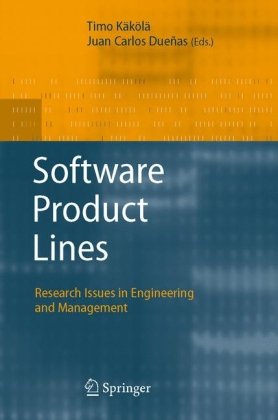
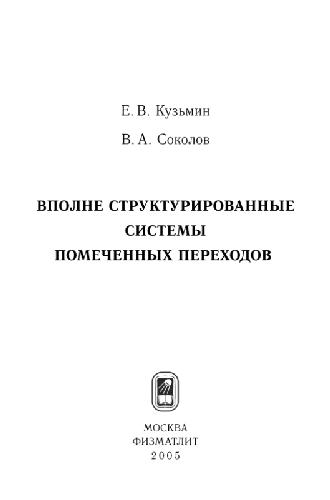
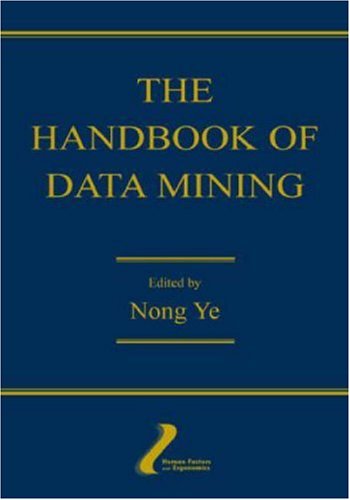
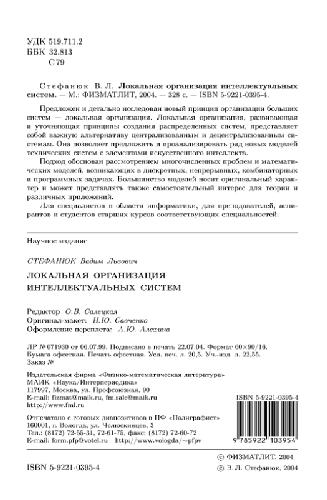

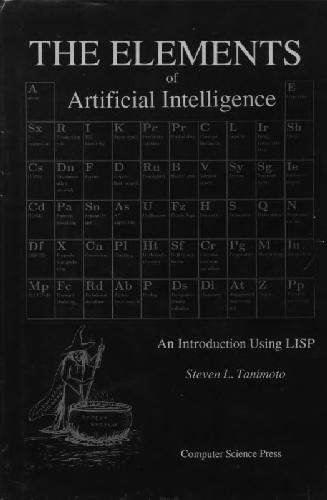

Reviews
There are no reviews yet.